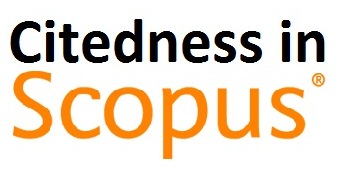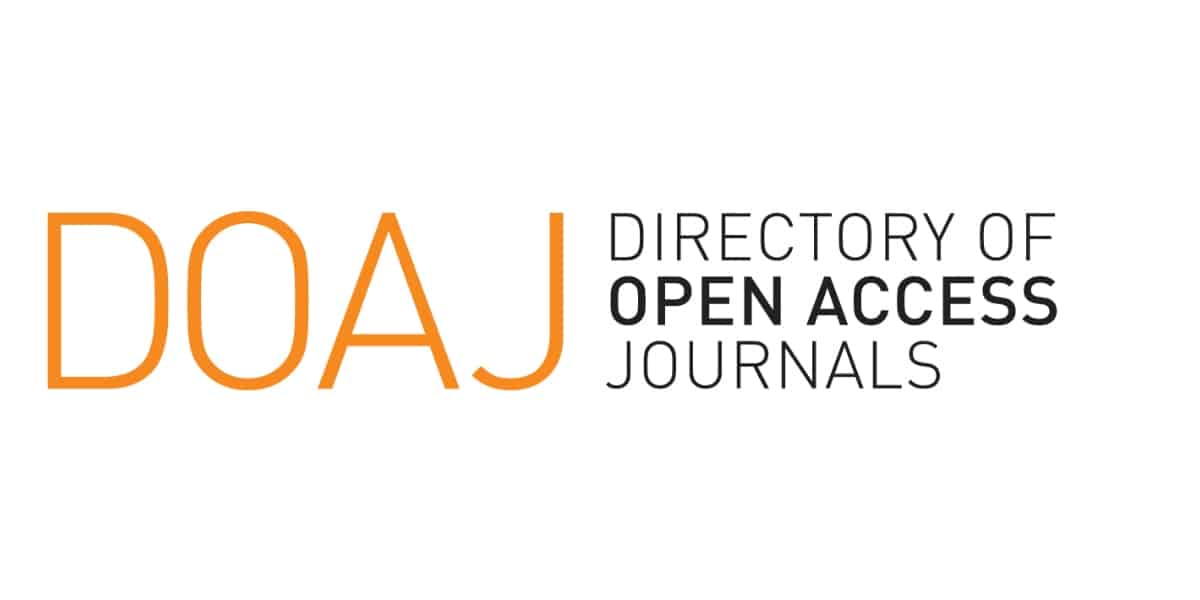KARAKTERISTIK PADATAN ANAEROBIK HASIL PENGELOLAAN TERINTEGRASI SAMPAH KOTA SEBAGAI PUPUK ORGANIK
Abstract
The issue of municipal waste is a serious problem that threatens environmental sustainability. One of the efforts to overcome this problem is integrated city waste management in the bioreactor. Integrated management leaves a problem, namely the presence of waste in the form of anaerobic solids. The study aimed to analyze the waste content of anaerobic solids in municipal waste in bioreactors and the potential use as organic fertilizer. The method used in the study was analyzing anaerobic solid waste samples from 5 bioreactors containing various sizes of municipal wastes. Sampling by opening the control hole in the middle part of the bioreactor were A: slury, B: 1-3 cm, C: 4-6 cm, D: 7-9 cm, E: without treatment. The sampleswere packed using plastics, then analyzed in laboratory. Observations included analysis of the density of anaerobic solids during the 150-day conversion process in the laboratory. Parameters analyzed included pH, C/N ratio, total solid (TS), volatilesolid (VS), moisture content, nitrite (NO2-N), temperature, and ash content. The results showed that the conversion of anaerobic solids in all sizes of municipal waste in bioreactors showed differences and decreased values indicated by C/N ratio, total solid, volatile solid, nitrite (NO2-N), and moisture content, while ash content increasedand temperature of the material fluctuate during the bio-conversion process. All parameters met the standards and were safe to return to the environment as an organic fertilizer.
Keywords: anaerobic solids, municipal waste, oganic fertilizer, bioreactor, bio-conversion

_page-00013.jpg)







_(1).png)

